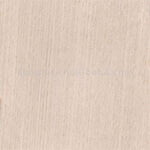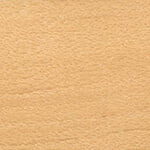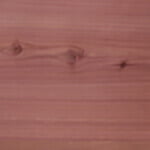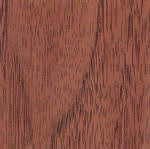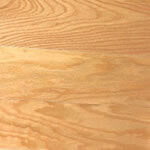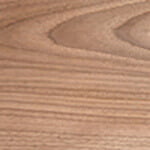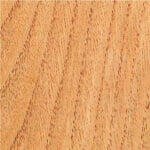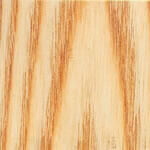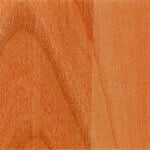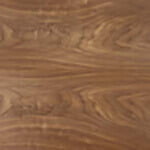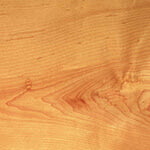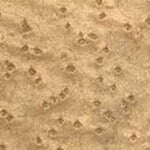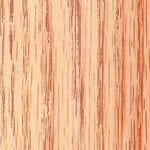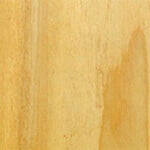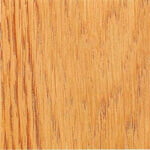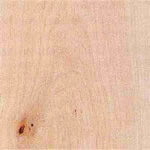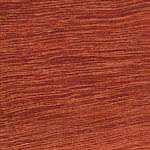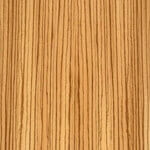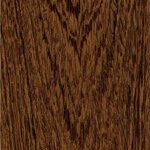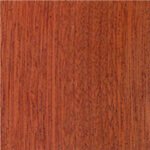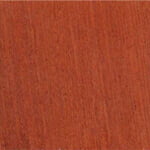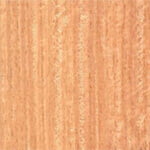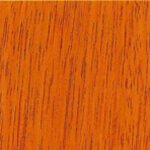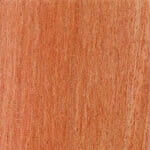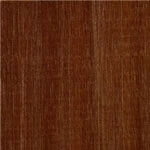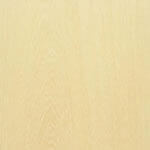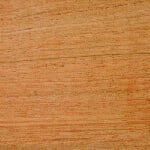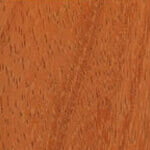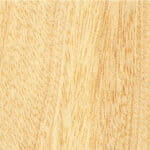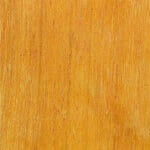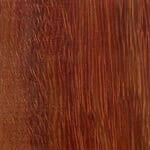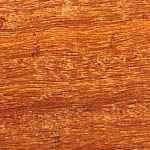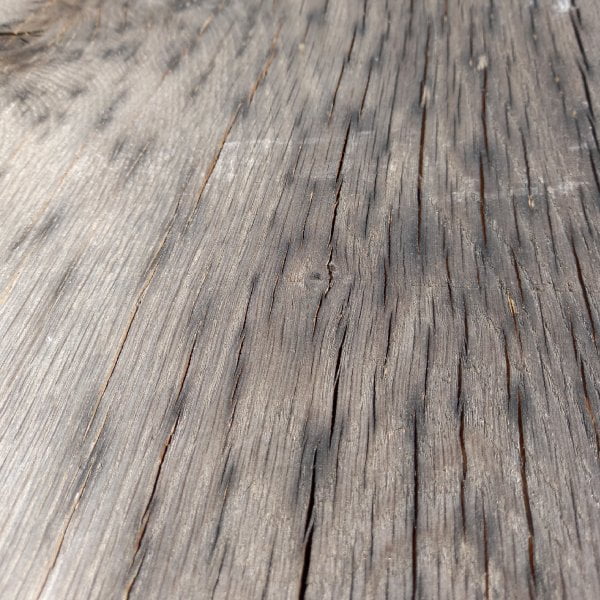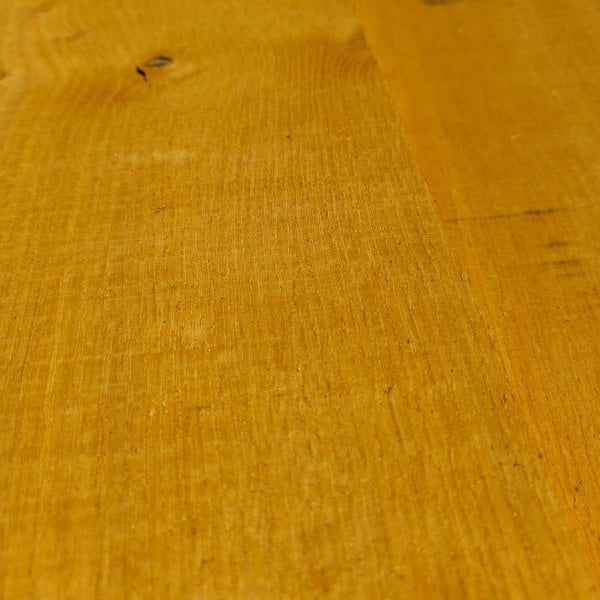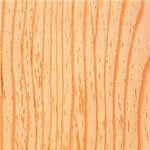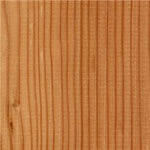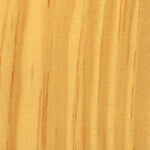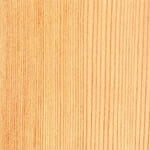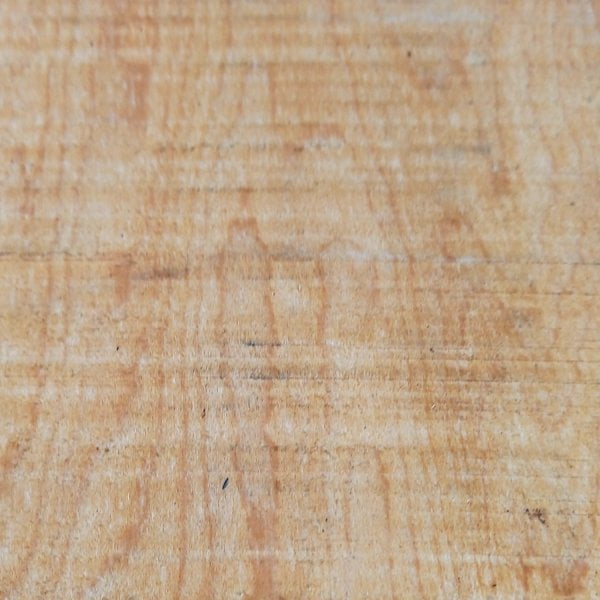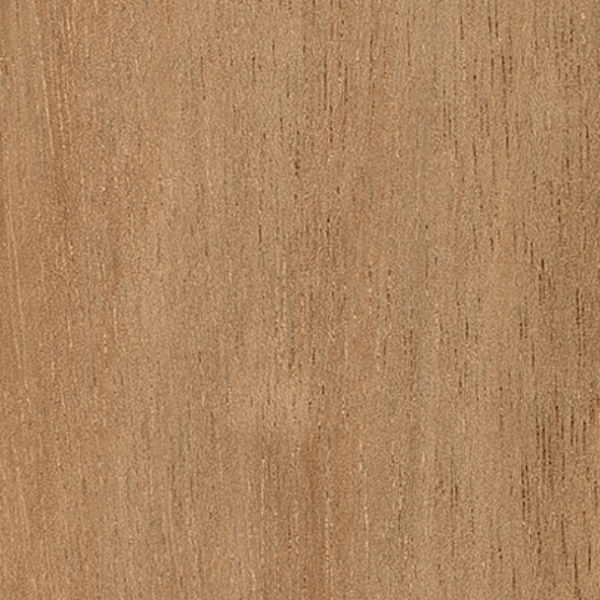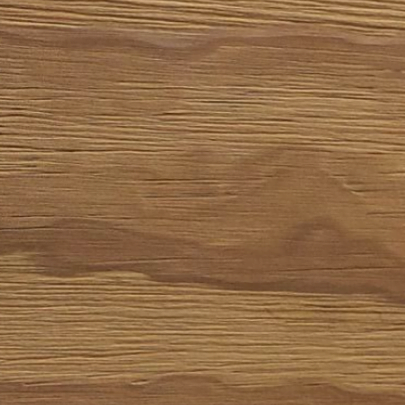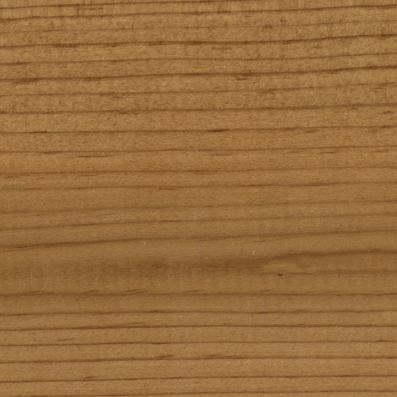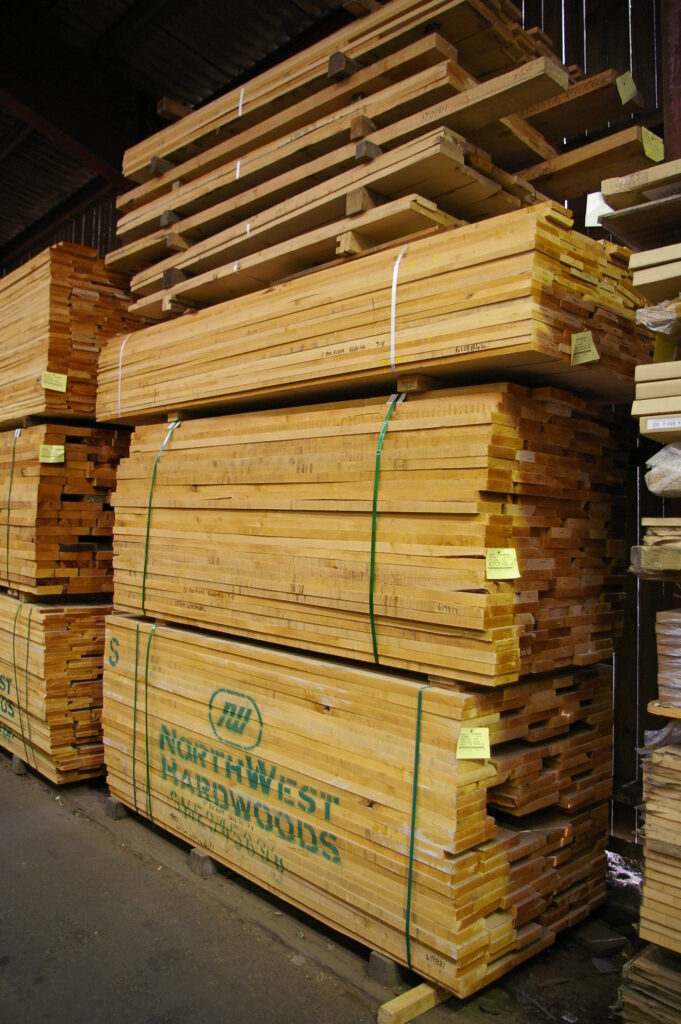
US & Canadian Hardwoods
Filters
-

American Ash
Greyish-brown in colour and slightly darker than the other species. This timber which remains consistently popular. Generally straight grained and coarse but even textured. weighs 670 kg/m³ (35 lb/ft³); specific gravity is .56.
-

American Birds Eye Maple
Birds eye maple is strong, heavy, hard, and fine textured. The heartwood is light reddish-brown with deeper-coloured late-wood bands. The sapwood is white in colour, and furnishes the white maple prized for certain uses. It differs mainly from the soft maples in its greater density and firmer texture. It has a distinctive pattern that resembles tiny, swirling eyes disrupting the smooth lines of grain.
-

American Black Cherry
Cherry's heartwood varies from rich red to reddish-brown, with a fine, straight, close grain with narrow brown pith flecks and small gum pockets, and with a smooth texture. Weighs about 580 kg/m³ (36 lb/ft³); specific gravity .58.
-

American Black Walnut
American Walnut's heartwood is a rich dark brown to purplish-black, mostly straight grained, but with wavy or curly grain occasionally present. The texture is rather coarse. Weight averages 640 kg/m³ (40 lb/ft³); specific gravity .64.
-

American Hard Rock Maple
Hard maple is strong, heavy, hard, straight-grained and fine textured. The heartwood is light reddish-brown with deeper-coloured late-wood bands. The sapwood is white in colour, and furnishes the white maple prized for certain uses. It differs mainly from the soft maples in its greater density and firmer texture.
-

American Red Oak
Red Oak's heartwood resembles other oaks with a biscuit to pink colour, but has a reddish tinge. Mostly straight grained and coarse textured, with a less attractive figure than white oak due to smaller rays. Southern red oak has a more rapid growth than northern red oak and is harder, heavier and coarser textured. Weight about 770 kg/m³ (48 lb/ft³); specific gravity .77.
-

American Tulipwood (Poplar Wood)
Also known as Poplar wood, Tulipwood's sapwood is white, and in second-growth trees, very wide; the heartwood is variable in colour, ranging from olive green to yellow or brown, and may be streaked with steel-blue. The annual growth terminates in a white band of parenchyma giving a subdued figure to longitudinal surfaces. Tulipwood timber is straight-grained. fine-textured, fairly soft and light in weight about 510 kg/m³ when dried.
Advantages of American Poplar Timber
There are a number of advantages to choosing American poplar timber (tulipwood) depending on the nature of your project:- Poplar timber prices are generally quite low, making it a cost-effective resource compared to many other materials
- Poplar lumber is also regarded as one of the most efficient building resources due to its remarkable strength and straight grain compared to its low cost
- The light weight of tulipwood timber allows for easier installations
- Tulipwood boards are also ideal for profiling and moulding, making them even more flexible and workable
-

American White Oak
White Oak varies in colour from pale yellow-brown to biscuit with a pinkish tint, similar to European oak. Straight grain, with the characteristic silver grain on quartered material. Appalachian oak is slow grown producing light weight, mild wood, but southern states produce fast grown oak with wide growth rings, and a harder, tougher timber. Medium to coarse textured. Weight averages 760 kg/m³ (47 lb/ft³); specific gravity .76.
-

Western Red Alder
Western Red Alder's heartwood is pale yellow to reddish-brown in colour. Fairly straight grained and of uniform texture; it shows a pleasing but subdued figure. Weight about 530 kg/m³ (33 lb/ft³); specific gravity .53.
